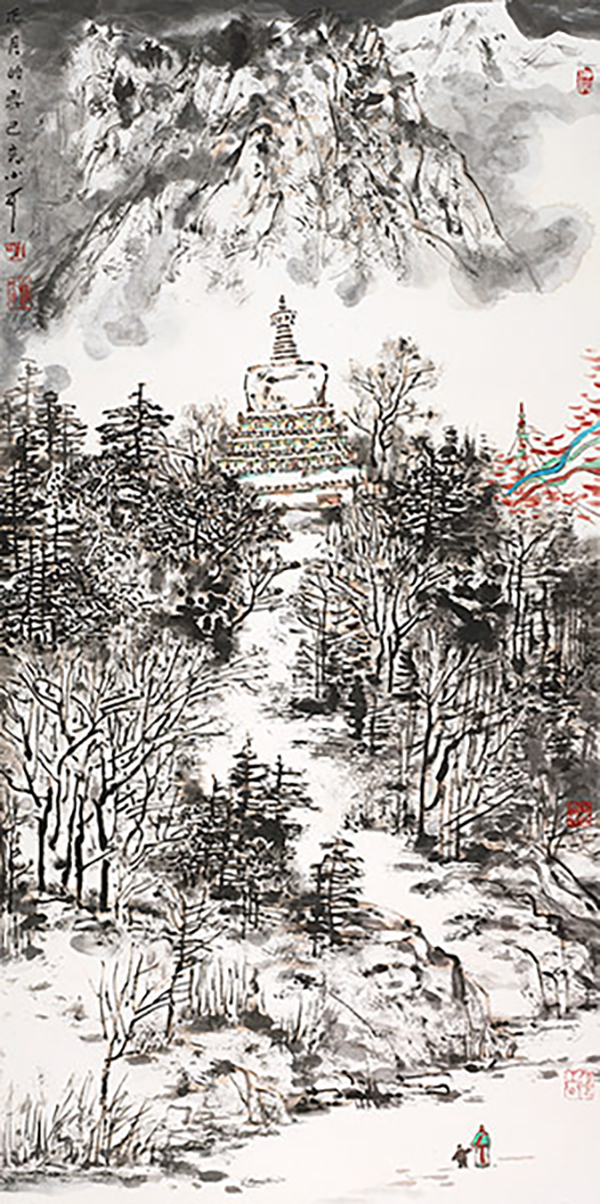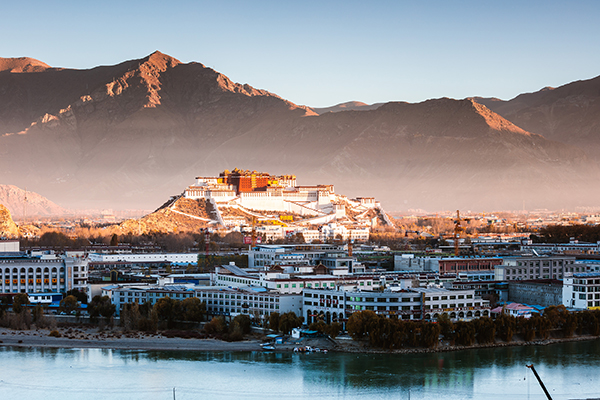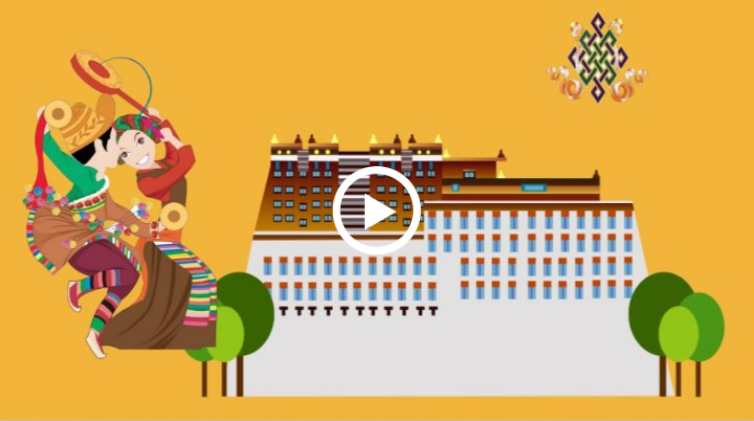A hot passion for cold reality
Updated: 2021-08-06 By Lin Qi (China Daily)  Print
Print 



Snow in January by Li Xiaoke. [Photo provided to China Daily]
"Many people see Xiaoke as someone who was lucky to be the son of a master artist, and who grew up taking full advantage of his father's fame and reputation," says Wang Mingming, a longtime friend and colleague of Li Xiaoke at Beijing Fine Art Academy. "While those who have known him for decades, including me, are moved by his incredible spirit to carve his own niche in the world of art and his persistence to be independent of his family's influence."
Li Xiaoke joined the army after graduating from the High School Affiliated to Central Academy of Fine Arts in Beijing. After he retired from the military, he became a factory worker. It was not until the early 1980s that he fully committed himself to ink-water painting.
"He knew he was expected by people to be the same accomplished artist as his late father. He was under huge pressure," Wang says.
"Under this circumstance, Xiaoke came to realize that he had to find his own style. He needed to build his own 'haven of ink and water' with distinction."
Li Xiaoke developed depictions of snow into a trademark of his work. He revisited the hutong, or alleyways-he grew up in a siheyuan (a traditional courtyard residence) located in a hutong in Beijing-to recollect childhood memories. The winter scenes of Beijing's old city under his brushes, centuries-old architecture and dense trees, suggest the weight of history and a sense of solemnity.
Since the late 1980s, Li Xiaoke explored Tibet and other places also inhabited by Tibetan people, such as Gansu, Qinghai, Yunnan and Sichuan provinces. He described them as "mysterious retreats that keep haunting one's mind long after leaving".








